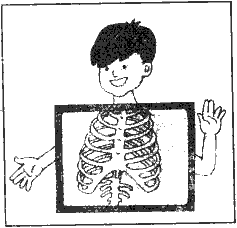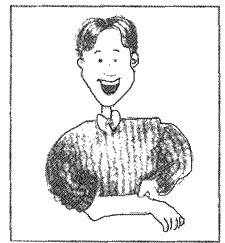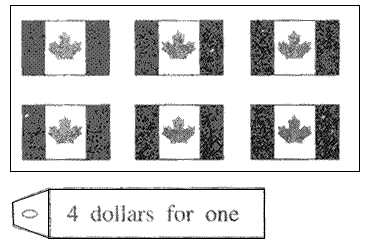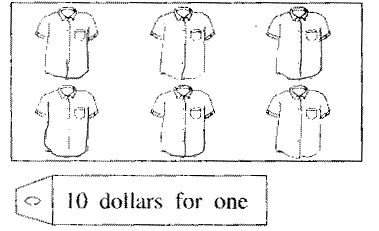| 看图填空。1.Theseare.For ,youneedtoeatmorefoods. aregood you.2.Thisisam.Forst , youneedexercise.3.Thisissk .iscleansk .4.Howarethe ?They're .5.Howa-六年级英语 |
|
[db:作者] 2019-08-10 00:00:00 零零社区 |
|
|
题文
1. |
These are . For ,
you need to eat more foods.
are good you. |
2. |
This is a m . For st ,
you need exercise. |
3. |
This is sk .
is clean sk . |
4. |
How are the ?
They're . |
5. |
How are the ?
They're . |
题型:填空题 难度:中档
答案
1. bones, strong bones, They, for
2. muscle, strong muscles
3. skin, Healthy skin, skin
4. much, flags, twenty-four dollars
5. much, T-shirts, sixty dollars . |
据专家权威分析,试题“看图填空。1.Theseare.For ,youneedtoeatmorefoods. aregood ..”主要考查你对 复数名词,单数名词,不可数名词,基数词,人称代词 等考点的理解。关于这些考点的“档案”如下:
复数名词单数名词不可数名词基数词人称代词
考点名称:复数名词 考点名称:单数名词 考点名称:不可数名词 考点名称:基数词 考点名称:人称代词
|
|
http://www.00-edu.com/ks/4/1/9/2019-08-12/1276607.html十二生肖十二星座
|

